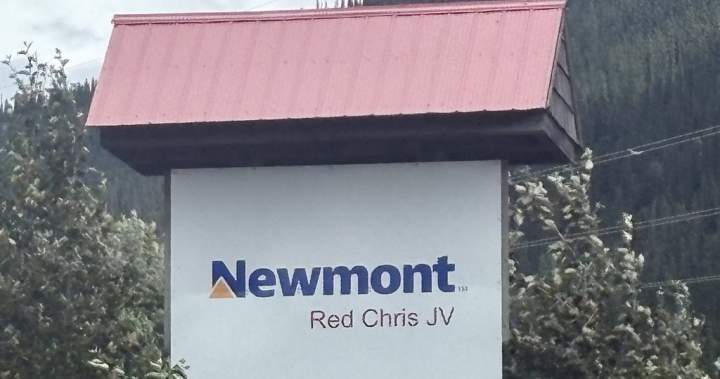The 13 miners rescued from the Roxgold mining operation near Revelstoke are now safely home and in good health, provincial officials confirmed Wednesday.
“All miners have been examined by medical professionals and released to their families,” said BC Minister of Energy and Mines Josie Osborne during a press briefing. “Their resilience during this ordeal has been extraordinary.”
The miners, trapped for nearly 56 hours following a tunnel collapse, have been spending their first days of freedom catching up on sleep and reconnecting with loved ones. None required hospitalization beyond initial medical assessments, according to Interior Health Authority spokesperson Mandy Watson.
Sean Fraser, one of the rescued miners, told reporters outside his Revelstoke home that the experience has changed his perspective. “When you’re down there wondering if you’ll see daylight again, you think about what matters. For me, it’s this guy,” he said, gesturing to his five-year-old son clinging to his leg.
The successful rescue operation concluded early Monday morning when crews using specialized drilling equipment created an alternate exit route through 38 meters of rock. Workers from the provincial Mine Rescue Service worked in rotating shifts alongside Roxgold safety personnel to reach the trapped miners.
“It was textbook execution under extremely challenging conditions,” said Tom Walkinshaw, director of BC’s Mine Safety Operations. “The emergency protocols established after the 2018 mining safety reforms proved effective in this real-world emergency.”
The miners survived on emergency rations and water supplies stored in designated safety chambers – a requirement implemented after similar incidents in Canadian mines over the past decade. These reinforced rooms are equipped with oxygen, food, water and communication equipment specifically for such emergencies.
Workers’ union representative Joanne Fisk praised the miners’ training while acknowledging the psychological impact of the event. “These men and women knew exactly what to do when the collapse happened. But make no mistake – this kind of experience leaves marks that aren’t visible,” she said.
Provincial mining safety officials have already begun their investigation into the cause of the collapse. Preliminary findings suggest ground instability following unseasonably heavy rains may have contributed to the structural failure.
Roxgold operations at the site remain suspended pending the completion of safety inspections. Company CEO Jennifer Markwart has committed to a thorough review of all mining practices at the site.
“The safety of our workers remains our highest priority,” Markwart said in a statement. “We are cooperating fully with investigators and will implement any recommended changes before operations resume.”
For the communities of Revelstoke and Golden, where many of the miners live, the successful rescue has brought both relief and questions about mining safety in the region.
Local resident Diane Yamamoto organized a welcome-home gathering at the community center. “We’re a mining town at heart. When something like this happens, it affects everyone,” she explained while arranging donated food items. “But we also need answers about how this happened in the first place.”
The incident has revived discussions about British Columbia’s mining regulations, which were overhauled in 2018 following several safety incidents. Critics, including environmental advocacy group EarthFirst BC, argue that enforcement remains inconsistent.
“We’re thankful these miners are safe, but this incident reveals ongoing gaps in our mining safety framework,” said EarthFirst spokesperson Trevor Williams. “Inspection frequency and enforcement of violations need strengthening.”
Minister Osborne noted that inspection records for the Roxgold operation will be made public as part of the investigation process, adding that the province conducted 847 mine safety inspections last year, resulting in 93 compliance orders.
For the miners themselves, the immediate focus remains on recovery and processing their experience. Mental health supports have been made available through both the company and provincial health services.
“They’re asking for privacy right now,” said family spokesperson Karen Hutchison. “But they also want to express their gratitude to everyone involved in bringing them home safely.”
The rescue operation, involving more than 70 personnel from multiple agencies, stands as one of the most successful mining emergency responses in recent provincial history.
“When everyone works together—government, industry, rescue services—we see results like this,” said Premier David Eby during a visit to the rescue command center on Monday. “Now our job is to determine what went wrong and ensure it doesn’t happen again.”






